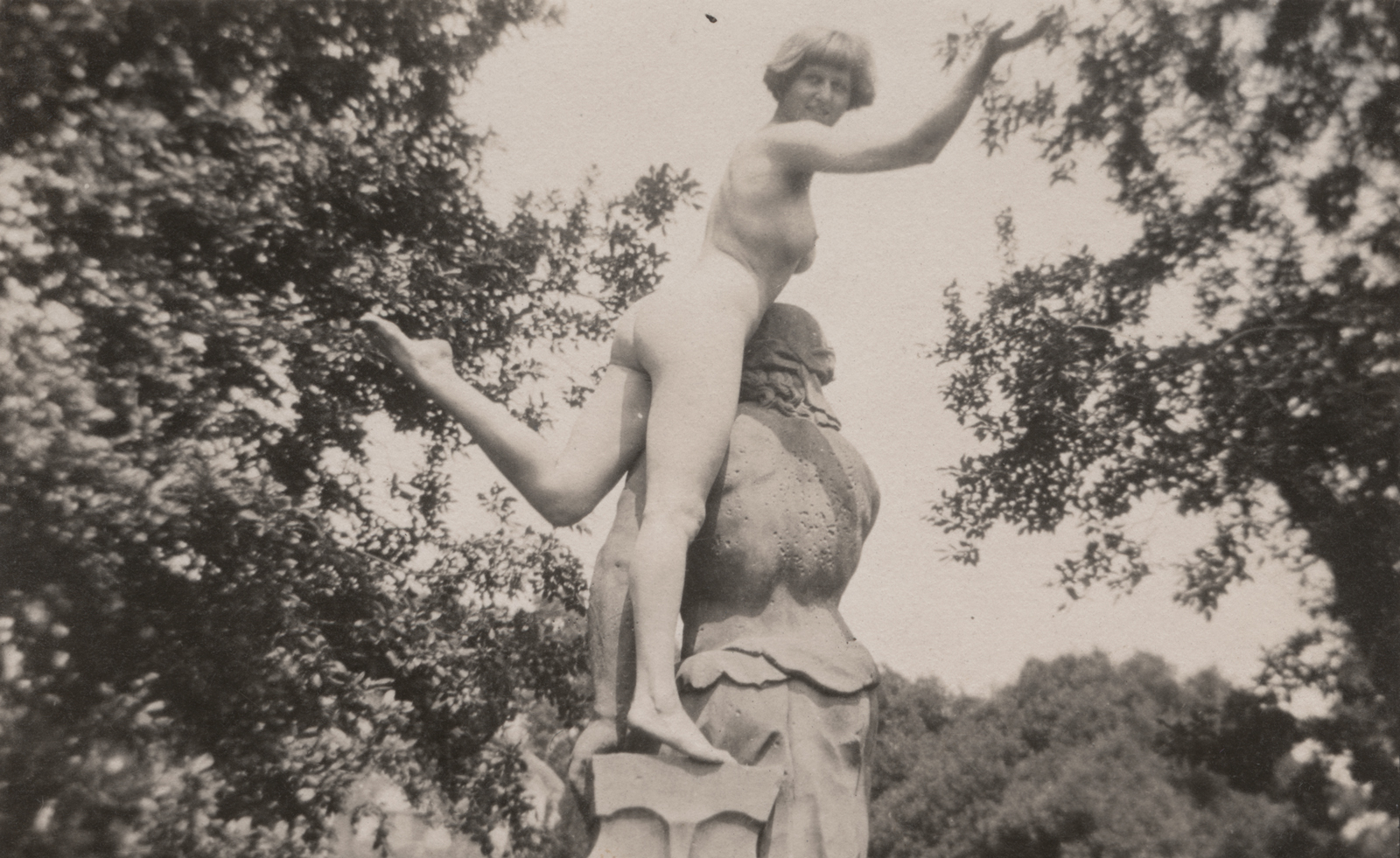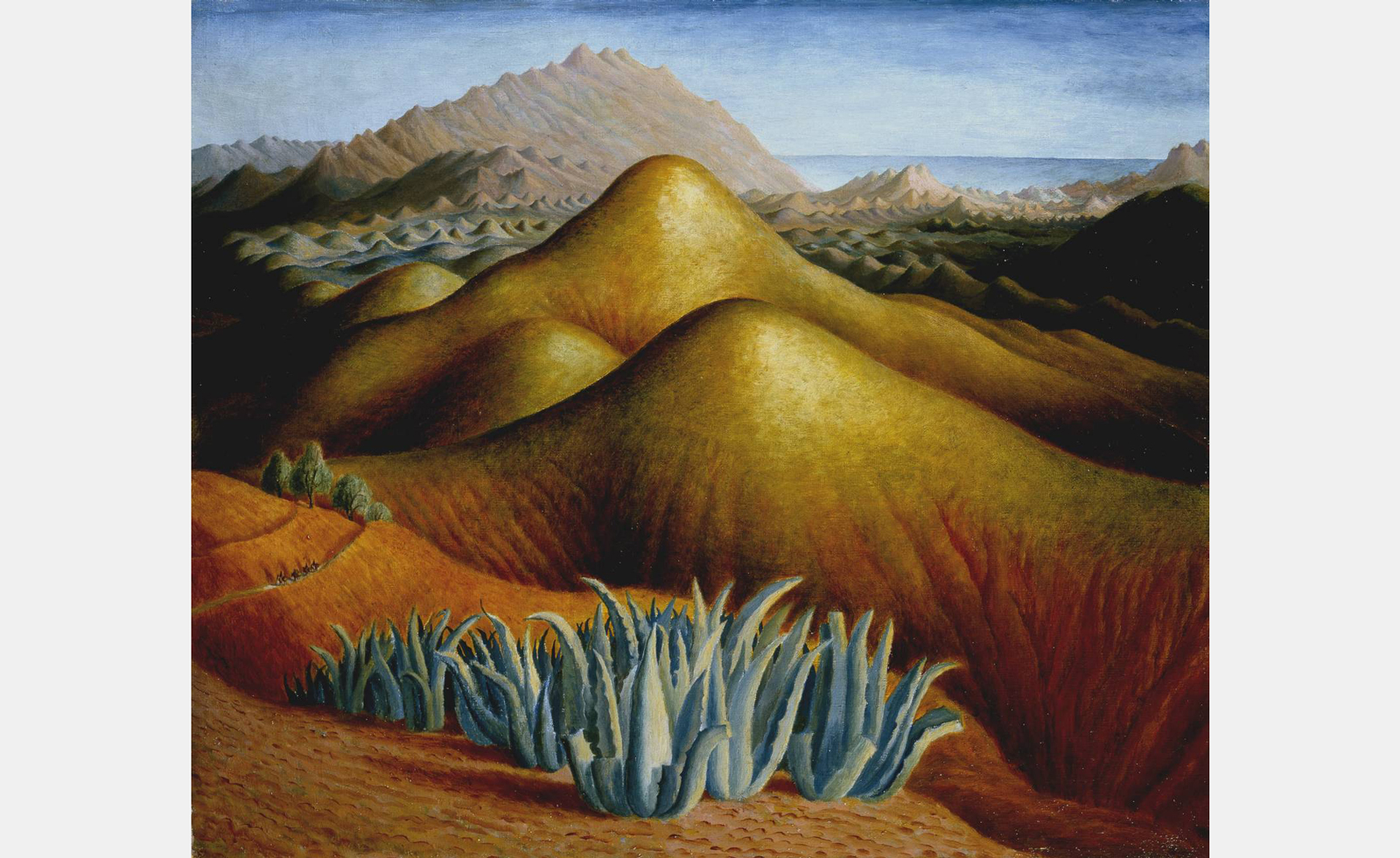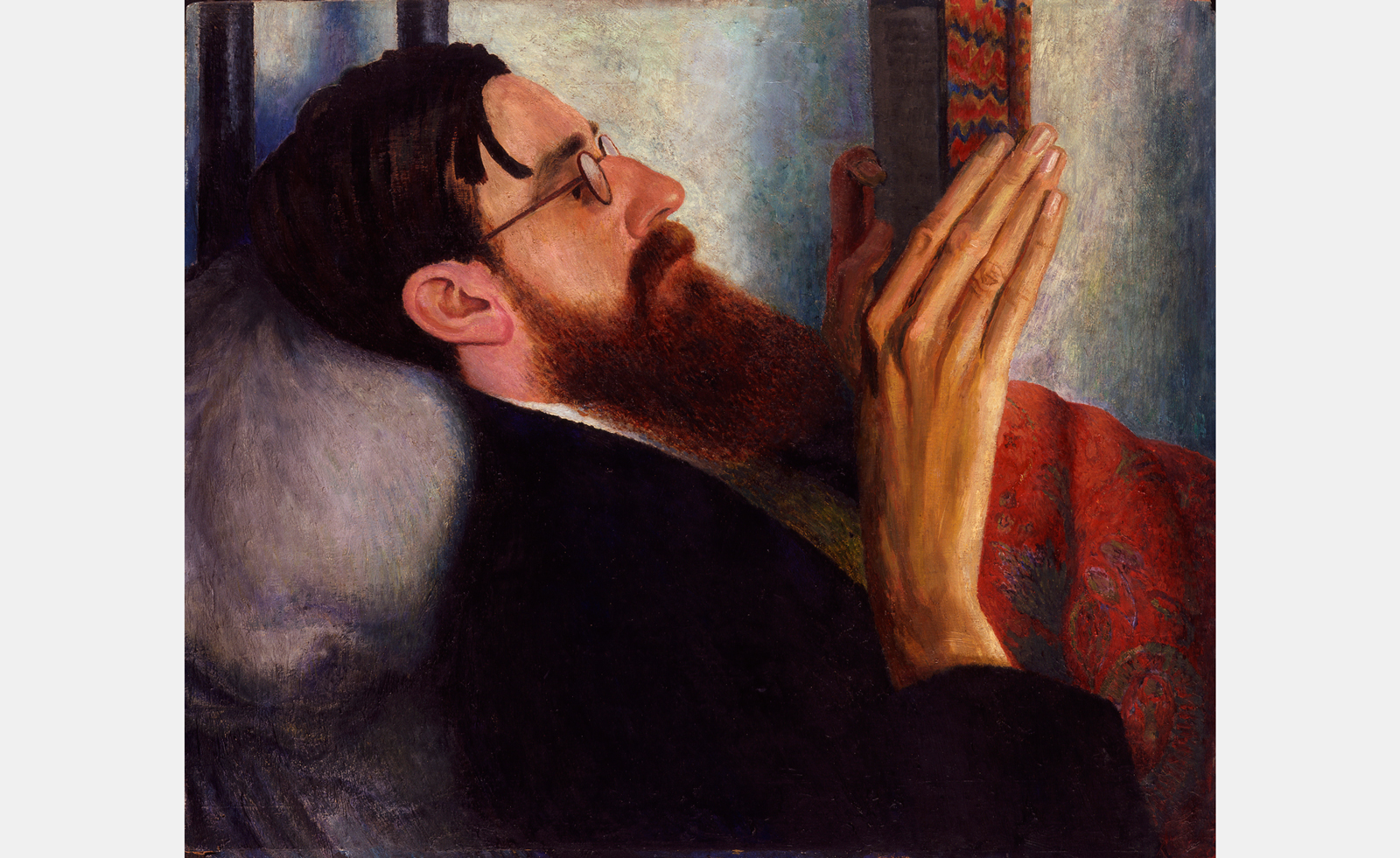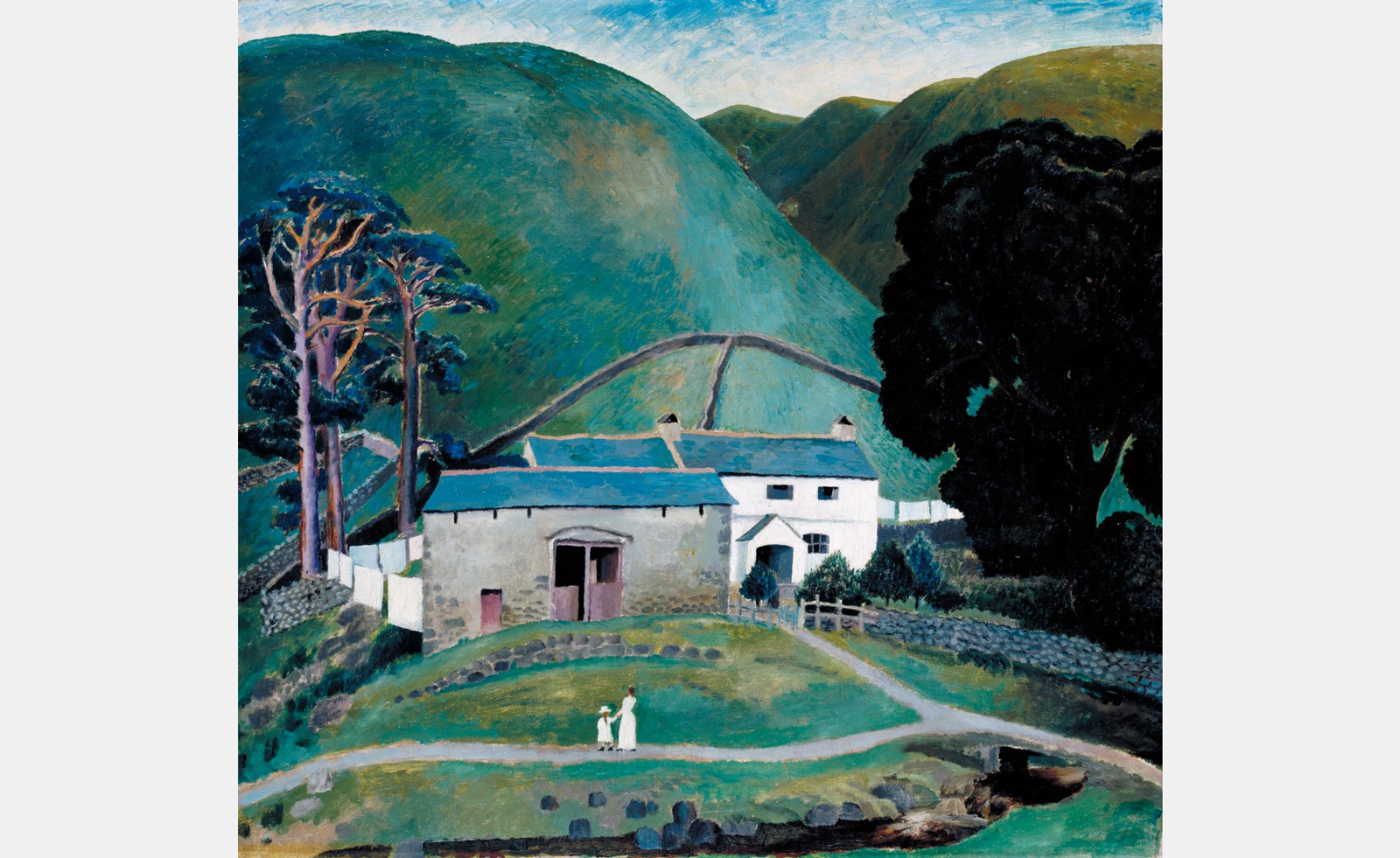
If mononymic names are now par for the course, artist Carrington – or, as she was born, Dora Carrington – was a pioneer: she was known by only her surname in the early 20th century. That, however, is only one example of how she spurned convention. A new exhibition, ‘Beyond Bloomsbury’, at Pallant House Gallery in Chichester, West Sussex, explores a life lived among better-known names, including Virginia Woolf, Roger Fry and her great (if largely platonic) love, writer Lytton Strachey.

‘She embraced this wonderfully fluid bohemian lifestyle,’ says co-curator Ariane Banks. ‘She loved men, she loved women, she was very fluid in the way she lived, loved and worked.’ This extended to her style. Studying at the Slade in London, Carrington and some friends bobbed their hair ten years before it was fashionable, leading Woolf to dub them ‘the crop heads’. A 1913 self-portrait, meanwhile, shows her wearing trousers.
Carrington’s paintings chime with the vivid naturalism of other Bloomsbury artists, like Vanessa Bell and Duncan Grant. The exhibition includes landscapes where the hills look alive, portraits of Strachey and associates including EM Forster, simple still lifes and slightly fantastical doodles, like a naked woman with a cat in her lap.
Banks says this mixture comes from a diverse set of influences. ‘Cezanne was her lodestar from the moment that she first encountered his work, but she also loved canal boats, English signs. She loved the circus and the music hall.’ As well as painting, Carrington produced designs for both the Omega Workshop (founded by the Bloomsbury Group, creating objects for the home) and publisher Hogarth Press, demonstrating that her aesthetic could go beyond the canvas.

Carrington lived with Strachey from 1917 onwards, and her artwork decorated their two homes, Tidmarsh Mill House and later Ham Spray House. While most of this work no longer exists, a 1927 hand-painted gramophone cabinet gives a flavour. ‘She painted the walls, the fireplace, the furniture. It was another Charleston,’ says Banks, referring to the home of Bell and Grant that was a Bloomsbury Group hub.
A similar holistic approach is taken for this exhibition. It showcases both Carrington’s art and how she lived, as well as work by associates and those smitten with her – including John and Paul Nash, Dorothy Brett and Mark Gertler. A 1917 photograph taken by Lady Ottoline Morrell perhaps shows why – it shows a 24-year-old Carrington scaling a sculpture, naked.

Sadly, after Strachey’s death in 1932, Carrington was sick with grief, and took her own life at only 38. With no children to maintain her legacy, the artist has not had the recognition she's due, says Banks. This exhibition, the first significant one since 1995, aims to put that right. ‘We want to throw a spotlight on this wonderfully originally creative spirit. After her death, Julia Strachey [Lytton’s niece] wrote, “Her whole life was a creation in fire, feeling and style.” I think that sums her up perfectly.’
‘Beyond Bloomsbury’, at Pallant House Gallery, Chichester, UK, until 7 April 2025







